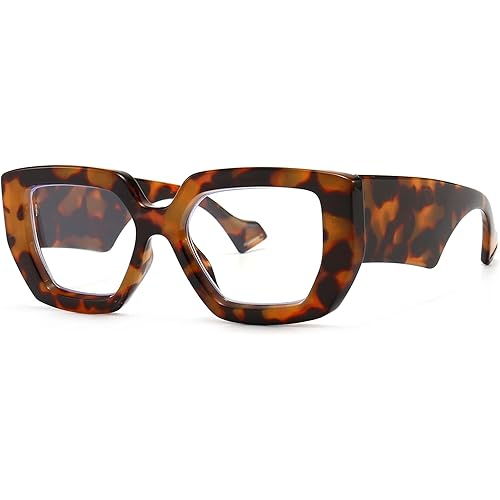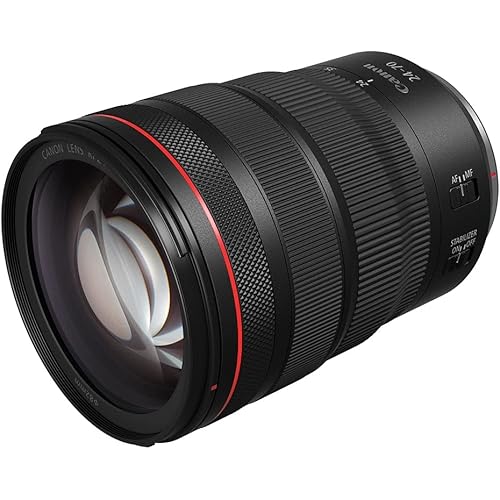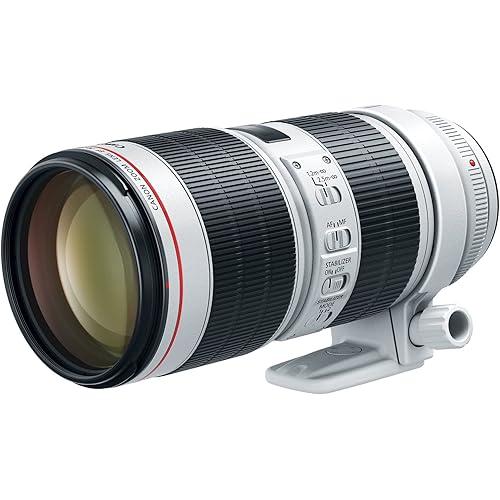Tamron 70-180mm F/2.8 Di III VXD for Sony Full Frame/APS-C E-Mount, Black










Buy Now, Pay Later
- – Up to 36-month term if approved
- – No impact on credit
- – Instant approval decision
- – Secure and straightforward checkout
Ready to go? Add this product to your cart and select a plan during checkout.
Payment plans are offered through our trusted finance partners Klarna, Affirm, Afterpay, Apple Pay, and PayTomorrow. No-credit-needed leasing options through Acima may also be available at checkout.
Learn more about financing & leasing here.
Returnable until Jan 31, 2026 Learn more
To qualify for a full refund, items must be returned in their original, unused condition. If an item is returned in a used, damaged, or materially different state, you may be granted a partial refund.
To initiate a return, please visit our Returns Center.
View our full returns policy here.
Recently Viewed
Features
- Lightest and most compact in its class of fast tele zooms for Sony full-frame mirrorless
- VXD linear motor focus mechanism delivers high-speed and high precision autofocus performance
- Superior optical design for uncompromised image quality. Camera-based lens unit firmware updates
- Moisture-Resistant Construction, Fluorine Coating, and Zoom Lock switch
Description
The 70-180mm F/2.8 Di III VXD (Model A056) large aperture telephoto zoom lens is designed for Sony E-mount full-frame mirrorless cameras and is just as comfortable on APS-C mirrorless as well. The greatest feature is its superb performance even while attaining a high-speed F/2.8 aperture across the entire zoom range and offering the world's lightest and most compact package at just 5.9" length (at the 70mm setting) and a weight of 28.6 oz. Thanks to the generous use of special lens elements, the 70-180mm F/2.8 achieves excellent optical performance from center to edge. With the short MOD (Minimum Object Distance) of 33.5", the 70-180mm F/2.8 expands the possibilities for photographic expression. For the AF drive, Tamron has newly developed the VXD (Voice-coil eXtreme-torque Drive), a linear motor focus mechanism that delivers high-speed and high precision autofocus performance for both stills and video. Add it all together and you can go light while going long—and get the shot!
Brand: Tamron
Focal Length Description: 70-180 Millimeters
Lens Type: Telephoto
Compatible Mountings: Sony E
Camera Lens Description: Tamron 70-180mm F/2.8 Di III VXD for Sony Full Frame/APS-C E-Mount, Black
Product Dimensions: 5.9 x 3.18 x 3.18 inches
Item Weight: 1.79 pounds
Item model number: AFA056S700
Date First Available: April 2, 2020
Manufacturer: Tamron
Frequently asked questions
To initiate a return, please visit our Returns Center.
View our full returns policy here.
- Klarna Financing
- Affirm Pay in 4
- Affirm Financing
- Afterpay Financing
- PayTomorrow Financing
- Financing through Apple Pay
Learn more about financing & leasing here.
Top Amazon Reviews





































